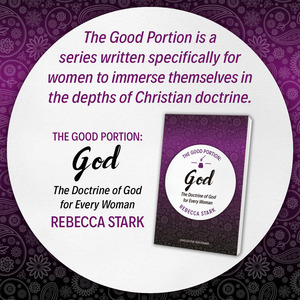Book Review: The Literary Study Bible, ESV
 Wednesday, January 23, 2008 at 11:56AM
Wednesday, January 23, 2008 at 11:56AM  Leland Ryken and Philip Graham Ryken, General Editors
Leland Ryken and Philip Graham Ryken, General Editors
This Bible is different than any of the other Bibles you own. It is, to use the words of the editors, “a literary guide to the entire Bible,” using the English Standard Version. This means that the purpose of The Literary Study Bible is to explain the literary forms used by the biblical authors so the reader can get a better handle on what is being said.
I’ve been reading from this new study Bible and carrying it to church and Bible study with me since November, and I like it. (Except for the cover. The book jacket and the book cover look the same, and I prefer plain covers on my Bibles so I don’t look so much like I’m packing a children’s Bible.)
I’ve had a nagging feeling that I haven’t been paying enough attention to the literary features of the Bible. The Literary Study Bible has proven to be an excellent way for me to start giving literary form it’s rightful place in my Bible study. Here are some of the features in this Bible that make it useful for this purpose:
- A helpful introduction that explains to the reader what it means that the Bible is literature, how to approach the Bible as literature, what fallacies are commonly held about a literary approach to the Bible, what are some of the literary features found in the Bible, and how to make the best use of The Literary Study Bible. (You can read this intro for yourself here.)
- Fewer footnotes. For the most part, it is missing the historical, cultural, theological, and language notes that you may have become accustomed to in a study Bible. Yep, you’ll have to find these things somewhere else. That half of every page isn’t taken up with verse by verse footnotes to interrupt the flow of reading makes it easier to focus on the literary features.
- Several pages of introduction to each book of the Bible. These introductory notes give a short overview of the book; an introduction of the book from a literary perspective, discussing things like the story line of the book, the theological themes, and the literary intentions; an outline of the book; and a paragraph that explains where the book fits within the master story of the Bible.
- No cross references, except for those that place an Old Testament quote found in the New Testament, or those that give parallel passages in the synoptic gospels. This helps to keep the reader from being sidetracked, since there are few rabbit trails to follow.
- A single-columned and paragraphed format, like most books. This, too, make for better flow while reading.
- A short lead-in commentary at the beginning of each passage. This heading commentary tells the reader what to watch for in the passage that follows.
- A helpful glossary of literary terms at the end.



Reader Comments (5)
It's certainly priced right!
I think this would be a good edition/addition. I'm going to check it out, thanks!
Ohhhh, the temptation! My birthday is coming up....
I took 1 st www.lowest-rate-loans.com when I was not very old and this supported my business a lot. But, I need the consolidation loans again.
This is the Bible I use for daily reading and church as well. I don't like the cover, either. I bought a plain leather cover from Bob Siemon Designs so it looks like a regular Bible.
Getting a plain leather cover is a good idea. I'll have to look into that.